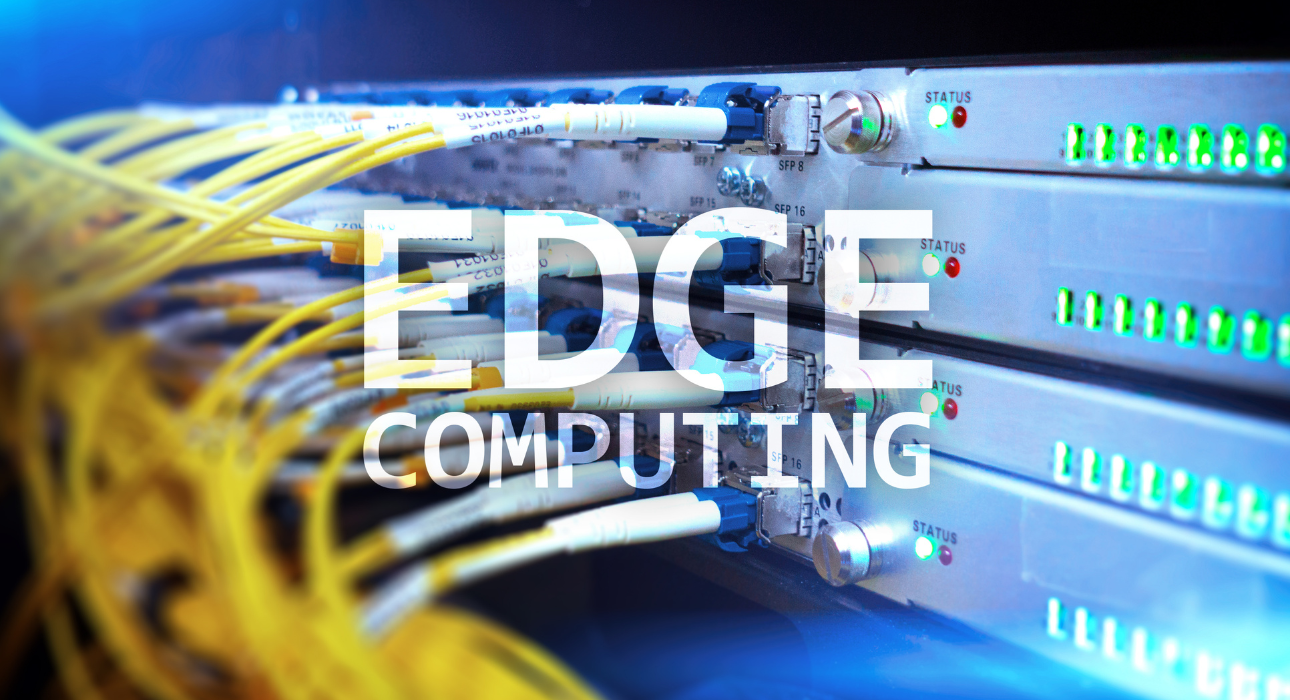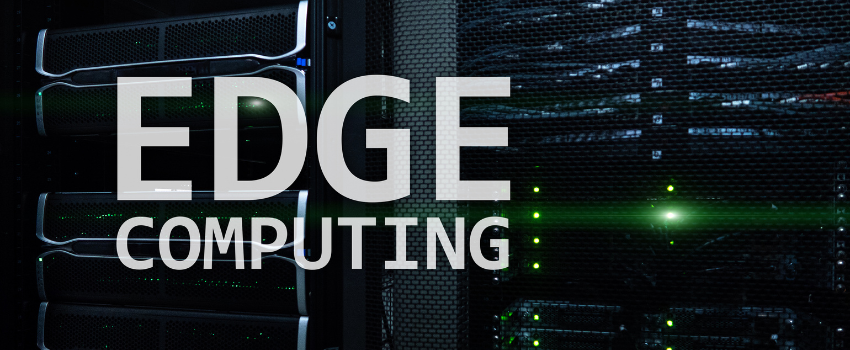Writen by : Invences March 18 2024
Redefining Real-Time Applications with Edge Computing in the 5G Era

As the integration of 5G and edge computing continues to make headlines, one aspect that's particularly intriguing is their collective impact on real-time applications. This powerful combination of high-speed, low-latency 5G networks and localized, efficient edge computing promises to redefine the landscape of instant data processing, real-time analytics, and interactive systems. This blog explores how these technologies are altering the capabilities of real-time applications, including a special focus on their potential in sports and gaming

The Promise of 5G and Edge Computing
Let's set the stage by highlighting what 5G and edge computing each bring to the table
5G
- High Speed Unmatched data transfer rates, up to 100 times faster than 4G
- Low Latency Near-instantaneous data transmission with sub-millisecond latency
- Massive Connectivity Capability to support millions of devices in a square kilometer
Edge Computing
- Local Processing Data is processed closer to its origin, minimizing latency
- Reduced Bandwidth Only essential data is sent to centralized data centers, reducing costs and latency
- Quick Decision-making Facilitates real-time analytics and instant decision-making at the local level
The New Age of Real-Time Applications
1. IoT and Smart Cities
Smart city systems, from traffic management to utility grids, can leverage 5G and edge computing for more efficient and dynamic operations
2.Industrial Automation
In manufacturing, real-time analytics and quick adjustments to machinery can dramatically reduce errors and increase efficiency
3.Augmented and Virtual Reality
In the entertainment sector, AR and VR experiences become more immersive, thanks to real-time data processing and rendering
4.Telehealth
Remote healthcare, including surgeries and patient monitoring, benefits from the speed and reliability of 5G networks and edge computing, allowing for more precise, real-time medical interventions
5.Financial Markets
High-frequency trading can execute transactions in milliseconds, capitalizing on market conditions that can change in the blink of an eye
6.Sports and Gaming
In sports, real-time analytics can provide instant statistics, player health data, and even predictive modeling for game outcomes. For instance, wearables equipped with sensors can send data to edge computing platforms that analyze an athlete's performance in real-time, allowing coaches to make informed decisions instantaneously. In gaming, this could mean more interactive and responsive multiplayer environments, as edge servers can process game logic closer to the players, reducing lag and improving the user experience.
Challenges and Considerations
The path to full integration isn't without hurdles:
- Security More endpoints and decentralized processing could mean new security vulnerabilities
- Interoperability Ensuring that new edge computing platforms integrate seamlessly with existing systems is critical
- Regulatory Compliance Meeting the regulatory standards of different industries, like healthcare and finance, remains a challenge
- Cost Initial infrastructure costs for 5G and edge computing can be substantial, although long-term benefits are likely to outweigh these expenses
Conclusion
The combination of 5G and edge computing is setting a new standard for real-time applications across various sectors. From smart cities and industrial automation to AR/VR and telehealth, the applications are transformative. Adding to this list, the realms of sports and gaming are ripe for revolution, promising unprecedented levels of interactivity, analytics, and performance optimization. As we navigate this exciting technological landscape, the early adoption and intelligent implementation of these technologies will be key for those looking to stay competitive






